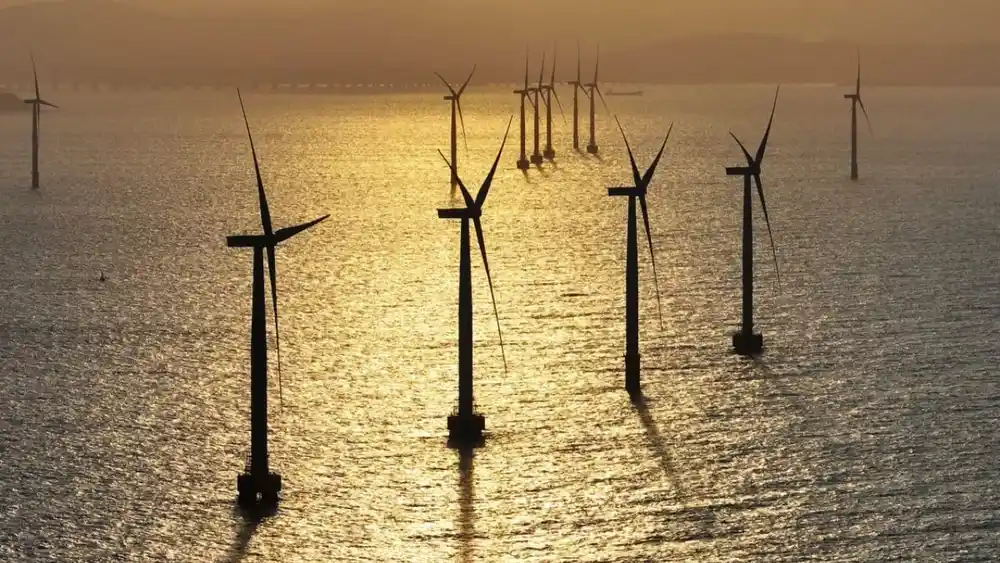
- Britain’s risk of blackout now stands at its weakest level for four years due to a higher supply of renewable energy.
- The UK closed down its last coal power plant that marks a big step for this country in its transition into clean power.
- Renewables now supply more than 50 percent of electricity in the UK, due mainly to wind power.
An important victory for clean energy – the UK’s risk of winter blackouts is at its lowest in four years. A landmark development from the last remaining coal-fired power plant that at one time defined the country’s energy grid. Today, renewable power sources account for more than half of the UK’s electricity supply in a remarkable turn towards sustainability. From the encouragement of the UK government towards saving energy during peak demand, the country is set for the winter months.
Also read: UK Government Introduces New Plan for Energy Storage
The UK, which has continued to maintain its position at the top globally in terms of renewable energy production, has now achieved yet another significant feat in the process: its last coal-fired power plant is set to close-the point by which it would end coal from its energy grid marks more than 140 years. It will be part of a long-term plan for net-zero emissions, a promise made at the Glasgow COP26 climate summit.
It has only been for a relatively short period that the UK’s energy scenario has changed dramatically. Now, this is a crisis of scale-thereby generating 39% of the nation’s electricity through renewable sources to more than 50% in 2024. Gaining much ground is wind energy, which actually constituted nearly 30% of the UK’s electricity in 2023, and other green sources such as solar, biomass, and hydropower.
Despite the collapse of the Ratcliffe-on-Soar coal plant, which was good for 2.3% of UK electricity supply, Neso is confident about welcoming the winter into the country because its power supply will surpass demand nearly by 9%. This support comes from large-scale battery storage projects, new renewable sources of energy, and international partnerships on issues of energy.
Such an important power link to the UK is the Viking link; it is basically a power cable linking the UK directly to Denmark’s renewable energy. The direct connections it provides power for about 2.5 million homes.
Gas supplies, too, are fine in the UK, for storage levels across Europe stand at 95% of capacity. Additionally, strengthened partnerships with Norway for natural gas and imports from the U.S. and Qatar ensure that the UK has a reliable supply of energy even as it retrenches on fossil fuels.
It set many ambitious goals for renewable energy growth through 2030: 50 GW of offshore wind power and 70 GW of solar capacity, simultaneously under development of new nuclear power plants to increase the diversification of the mix.
Also read: Form Energy Raises $405 Million to Build New Batteries
This gives great insight into the country’s success in clean energy as it transitions from coal to renewable energy. The last remaining coal-fired power plant has closed, and there has been an expansion of renewable sources, which further lowers the chances of blackouts.
This makes it generally stable in the energy grid, with international cooperation and big plans for future growth means that the UK is on a sure path to sustainable energy, and it is a precedent that should be emulated by every nation in this world.






